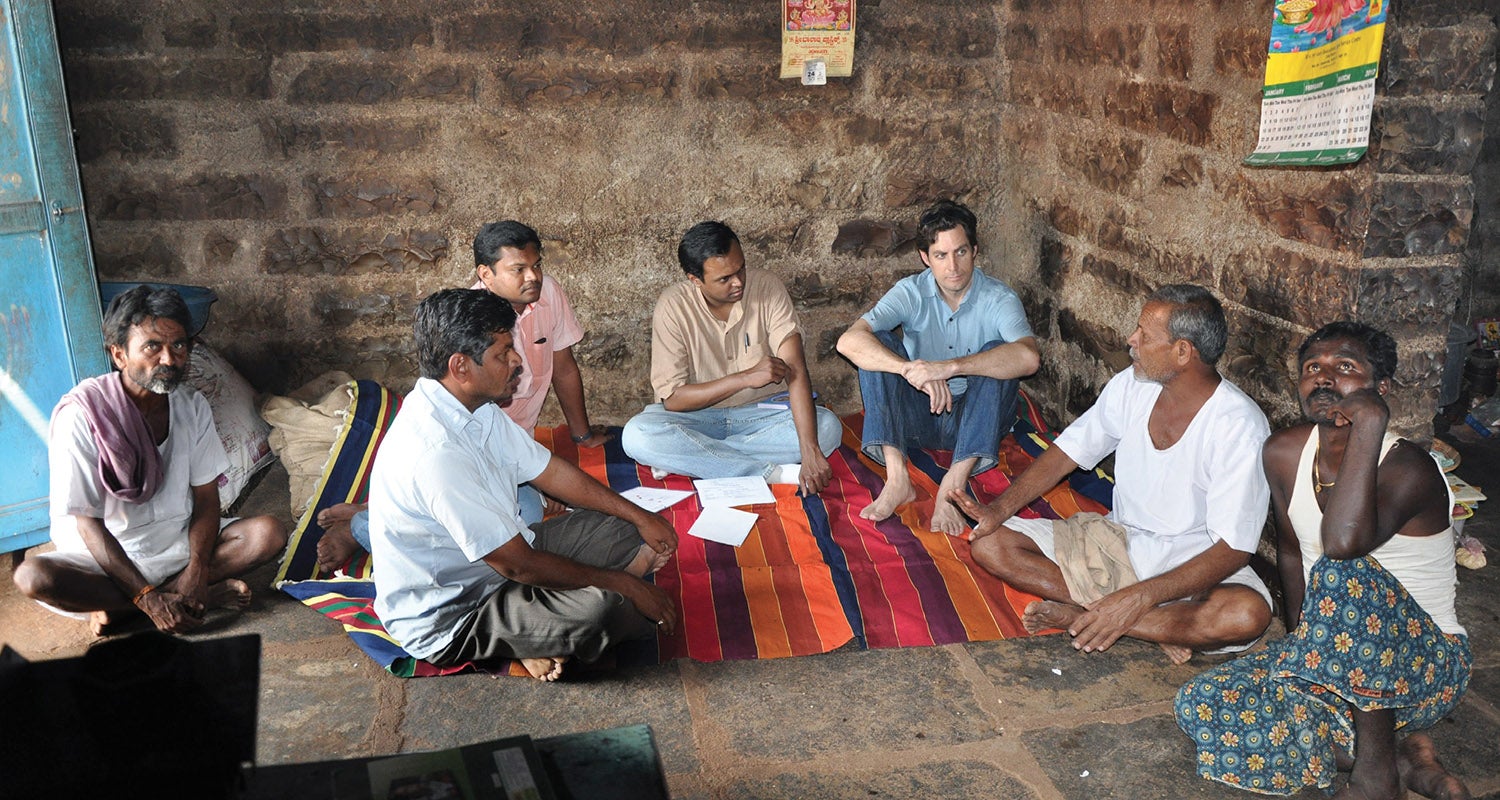Mentioning “college kids on spring break” often conjures up images of road-tripping students partying on a beach. For more than 35 years, however, thousands of Vanderbilt University students have defied that stereotype by participating in Alternative Spring Break programs.
Alternative Spring Break allows students from all backgrounds to spend a week volunteering in communities across the U.S. and, in some cases, beyond its borders. The program empowers students to participate in an ongoing process of education, service and reflection. Leading up to the week, each student-led ASB team meets to learn about the history, relevance and context of its volunteer site. Participants are equipped with principles of social justice to engage hands-on with the issues they are confronting. The experience has the potential to transform their worldview.
Vanderbilt’s ASB program is regarded as the oldest in the country. Its roots go back to 1986, when Susan Ford Wiltshire, a longtime classics professor at Vanderbilt, challenged students in the Omicron Delta Kappa honor society to organize a week of service as an alternative to more traditional spring break activities. A small group of students took up Wiltshire’s challenge, and the first spring break trips took place in March 1987. Seventy-five students applied to work at one of four sites: with Cambodian refugee families in Nashville; at Roses Creek in East Tennessee; at a Sioux Indian reservation in Dupree, S.D.; and in Juarez, Mexico.
In 1991, two of those pioneering students—Michael Magevney, BA’91, MBA’98, and Laura Mann, BA’91, JD’97, MDiv’98—founded Break Away, a national nonprofit that trains high school and college students to develop Alternative Spring Break programs at their own schools. Break Away operated for nearly a decade at Vanderbilt with support from Chancellor Joe B. Wyatt. Today the organization is active on more than 200 university campuses and collaborates with some 500 nonprofit community partners.
Profound college experiences like those made possible by ASB have changed the direction of students’ lives and careers, with numerous graduates dedicating their life’s work to helping improve conditions around the world.
One of those graduates is Peachy Myers, BA’00, who spent spring break of her freshman year volunteering at the Chicago Youth Centers’ Lower North Center, near the Cabrini–Green Homes. As an Ingram Scholar, she returned to Chicago during the summers of 1997 and ’98 to help create a youth leadership program for 11- to 13-year-old residents of Cabrini–Green. Myers would go on to a career in nonprofit work, including time as the White House liaison to the Corporation for National and Community Service in the Obama administration.
In the introduction to her sociology honors thesis, which focused on service learning, Myers wrote, “If there was one lesson I learned in my four years at Vanderbilt University, it was that my head works much better when my heart and hands are engaged.”
Learn more about alumni who discovered a passion for service at Vanderbilt.
